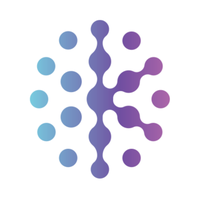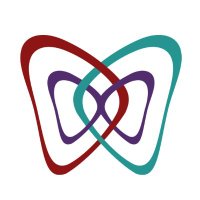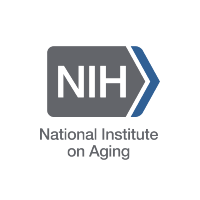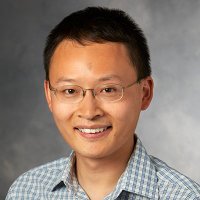
Stanford Knight Initiative for Brain Resilience
@brainresilience
Official account of the Phil & Penny Knight Initiative for Brain Resilience at @StanfordBrain. Pursuing a bold new science of healthy brain aging.
ID: 1598091769895440387
http://brainresilience.stanford.edu 30-11-2022 23:09:16
1,1K Tweet
800 Takipçi
167 Takip Edilen

A The PurdonLab classic.




A newly discovered biomarker in spinal fluid—the YWHAG:NPTX2 ratio—may indicate who will develop dementia and how quickly it will progress, according to a Nature Medicine study led by Hamilton Oh and senior author Tony Wyss-Coray. brainresilience.stanford.edu/news/new-prote…


What does resilient brain aging look like? Stanford researchers Beth Mormino Mormino Lab and Anthony Wagner share insights from the Stanford Aging and Memory Study, revealing how some people maintain cognitive health well into their 80s and 90s. 🔗 neuroscience.stanford.edu/news/secrets-r…



Mislocalization of proteins is common in cancer and neurodegenerative disease. Institute Scholar Steven Banik developed a technology to relocate errant proteins, with the hope of correcting cellular problems caused by protein misplacement: go.nature.com/3H3Su5w



"With all the advances in both the science of aging and [#AI], we are in a propitious position to accurately and precisely determine who is at high risk of developing #AlzheimersDisease years before signs of even mild cognitive deficit," writes Eric Topol in a new
![Science Magazine (@sciencemagazine) on Twitter photo "With all the advances in both the science of aging and [#AI], we are in a propitious position to accurately and precisely determine who is at high risk of developing #AlzheimersDisease years before signs of even mild cognitive deficit," writes <a href="/EricTopol/">Eric Topol</a> in a new "With all the advances in both the science of aging and [#AI], we are in a propitious position to accurately and precisely determine who is at high risk of developing #AlzheimersDisease years before signs of even mild cognitive deficit," writes <a href="/EricTopol/">Eric Topol</a> in a new](https://pbs.twimg.com/media/GsiFa0YXAAA2Sz4.jpg)




High throughput data are goldmines that we often only scratch the surface. Great for AI to systematically analyze! CellVoyager makes Jupyter notebooks 📜biorxiv.org/content/10.110… 💻github.com/zou-group/Cell… Great job Samuel Alber Bowen Chen Eric Sun Aaron Wilk Alina Isakova





